Maintaining your pool monthly ensures clear water, functional equipment, and a clean appearance. Here’s a quick breakdown of what to focus on:
- Water Chemistry: Test and balance pH (7.4–7.6), chlorine (1.0–3.0 ppm), alkalinity (80–120 ppm), and calcium hardness (200–400 ppm). Perform monthly shock treatments in the evening to eliminate contaminants.
- Equipment Check: Inspect pumps, filters, and heating systems for clogs, leaks, or unusual sounds. Clean pump baskets and ensure proper water flow.
- Deep Cleaning: Brush pool surfaces and tiles to remove dirt, oils, and mineral buildup. Use appropriate tools for different materials.
- Plumbing Maintenance: Flush lines to prevent blockages and maintain water circulation. Address reduced water flow or unusual noises promptly.
- Seasonal Adjustments: Adapt your routine for spring, summer, fall, or winter to protect your pool from weather-related damage.
Regular care keeps your pool safe, clean, and ready for use. For complex tasks or persistent issues, consult a professional to avoid costly repairs.
POOL MAINTENANCE For Beginners [Step-By-Step ACTION PLAN]
Water Chemistry and Monthly Shock Treatments
Keeping your pool water safe and inviting starts with regular testing and monthly shock treatments. These steps ensure balanced water chemistry and a healthy swimming environment. Let’s dive into the details of how to test your water and carry out shock treatments effectively.
Testing and Balancing Water Chemistry
Testing your pool water is essential for maintaining proper chemical levels. Focus on measuring pH, chlorine, alkalinity, and calcium hardness. You can use either test strips for quick checks or a testing kit for more accurate readings.
Here’s how to test your water:
- Collect a sample from elbow depth, away from return jets, to get an accurate reading.
- Test strips are easy to use and convenient, while testing kits provide more precise results and last longer between replacements.
Aim to keep your pool chemicals within these ranges:
| Chemical | Target Range |
|---|---|
| pH | 7.4 – 7.6 |
| Chlorine | 1.0 – 3.0 ppm |
| Alkalinity | 80 – 120 ppm |
| Calcium Hardness | 200 – 400 ppm |
When adjusting your pool’s chemistry, follow this order:
- Alkalinity: Use diluted sodium bicarbonate to raise levels or dry/muriatic acid to lower them.
- pH: Adjust with soda ash to increase or acids to decrease.
- Calcium Hardness: Add calcium chloride to raise levels or partially drain and refill the pool to lower them.
How to Do Monthly Shock Treatments
Once your water is balanced, monthly shock treatments help keep it crystal clear and free of harmful contaminants. Shocking raises the free chlorine levels, killing bacteria, algae, and chloramines.
Here’s how to shock your pool:
- Make sure the pH is between 7.2 and 7.4 before starting.
- Perform shock treatments in the evening or at night to prevent sunlight from breaking down chlorine too quickly.
- Follow the manufacturer’s directions carefully for the correct dosage.
- Allow chlorine levels to return to the safe range (1.0–3.0 ppm) before anyone swims.
Regular testing and proper shock treatments work hand in hand to maintain a safe, enjoyable pool environment. By sticking to these guidelines, you’ll keep your water balanced and inviting all season long.
Checking and Servicing Pool Equipment
Your pool equipment plays a crucial role in keeping your water clean, safe, and enjoyable – whether you own a sleek infinity pool or a compact plunge pool. Regularly inspecting and maintaining this equipment not only ensures everything runs smoothly but also helps protect your investment in the long run.
Pool Pumps and Filters Inspection
The pool pump is the heart of your system, circulating water through the filters and ensuring chemicals are evenly distributed. A quick monthly checkup can help you avoid expensive repairs down the road.
Before starting any maintenance, always turn off the power to the pump. Once the power is off, remove the pump basket and rinse it thoroughly to keep water flow unobstructed.
Take a moment to inspect the motor and its housing. Listen for unusual sounds like grinding, squealing, or rattling – these could indicate worn bearings or internal issues. Also, touch the motor housing to ensure it’s warm but not excessively hot, as overheating might signal a problem.
Look closely at the pump housing, connections, and fittings for any signs of leaks. Even a small drip can grow into a major issue if ignored. Tighten loose connections and replace any O-rings or seals that appear cracked or worn.
Check the motor’s cooling vents for debris like dirt or leaves. Blocked vents can lead to overheating, which may shorten the pump’s lifespan. Additionally, keep an eye on your electricity bill. A sudden spike in energy use could mean your pump is working harder than it should, often due to an underlying problem.
If you notice persistent issues during these inspections, it might be time to bring in a professional to take a closer look.
When to Call a Professional
While regular checks can catch many problems early, some situations require the expertise of a qualified pool technician. For example, electrical issues or significant internal pump failures should always be handled by professionals.
Electrical problems – like tripped breakers, burnt wires, or a motor that refuses to start – should be addressed immediately. Attempting to fix these yourself is dangerous, as water and electricity are a hazardous combination.
For major repairs, such as replacing impellers, motor bearings, or internal seals, leave the job to professionals who have the tools and expertise to handle it correctly. This ensures the repair is done safely and effectively, saving you time and potential headaches in the future.
sbb-itb-87baa56
Deep Cleaning and Plumbing Maintenance
Beyond monitoring water chemistry and checking equipment, keeping up with deep cleaning and plumbing maintenance is key to avoiding long-term problems. Monthly deep cleaning goes beyond the usual skimming and chemical balancing. Whether you’re taking care of a stunning luxury pool or a compact geometric pool, thorough cleaning and regular plumbing upkeep ensure your water stays sparkling and your pool remains in top condition.
Deep Cleaning Pool Surfaces and Tiles
Over time, pool surfaces inevitably collect dirt, oils, and mineral deposits, especially along the waterline where evaporation leaves behind concentrated minerals. Regularly brushing tiles is crucial to preventing buildup in these areas.
"Maintaining the pristine appearance of glass mosaic and ceramic tiles in your swimming pool requires a proactive and consistent approach." – Lunada Bay Tile
The type of brush you use matters: nylon brushes work best for vinyl, painted concrete, or fiberglass surfaces, while steel brushes are ideal for gunite or unpainted concrete. For those hard-to-reach corners, use a corner brush to tackle buildup around steps, ladders, and other pool features.
For everyday tile cleaning, a simple solution of equal parts vinegar and water mixed with a few drops of a non-detergent cleaner works wonders. Spray it on the tiles, let it sit for about 10 minutes to dissolve mineral deposits, and then scrub away the grime. Keeping your water chemistry balanced also helps prevent mineral buildup and preserves the condition of your tiles. If your pool includes overflow features like those in infinity pools, running them from sunrise to sunset encourages water movement and reduces mineral accumulation. Don’t overlook your pool cover – clean it regularly to avoid mold and debris buildup.
Flushing Plumbing Lines
Once the pool surfaces are spotless, it’s time to focus on plumbing maintenance to ensure smooth water circulation. Over time, biofilm, calcium deposits, and debris can clog your pool’s plumbing lines, reducing efficiency and water quality. Regularly flushing these lines prevents blockages and reduces strain on your equipment. Start by cleaning out the skimmer and pump baskets to maintain proper suction.
A drain flusher attached to a garden hose can help dislodge debris and break down biofilm inside the lines. For tougher clogs, reverse flushing – using the drain flusher at the opposite end of the line – can help clear stubborn blockages. Blowing out the lines is another effective method to remove airlocks and restore normal water flow. Maintaining balanced water chemistry also prevents calcium buildup and scaling inside the pipes.
Keep an eye out for signs that your plumbing lines need attention, such as reduced water flow from return jets, trouble maintaining suction at skimmers, or unusual gurgling noises. Addressing these issues early can prevent serious problems like collapsed or damaged pipes, which can lead to expensive repairs. During colder months, winterizing your pool lines is crucial to avoid freezing and cracking. Even in warmer climates, regular seasonal maintenance ensures your circulation system runs efficiently all year long.
Seasonal Preparation and Pool Features Maintenance
After completing your regular monthly deep cleaning and system checks, it’s essential to adjust your pool care routine to meet the demands of each season. Seasonal changes require specific attention to keep your pool in top shape. Whether you have a plunge pool, infinity pool, or elevated pool, these tasks help safeguard both performance and structural integrity.
Preparing for Seasonal Changes
Each season brings its own set of challenges, and adapting your pool care accordingly is key. Here’s a breakdown:
- Spring: Start by removing and cleaning your pool cover, then store it properly. Test and balance the water chemistry, shock the pool if needed, and thoroughly clean surfaces to remove debris and check for any signs of wear or damage.
- Summer: This is when your pool sees the most use, so regular maintenance is crucial. Skim, vacuum, and brush the pool frequently. Test pH and chlorine levels daily, and run the pump for 8–12 hours to ensure proper water circulation. If storms are in the forecast, secure pool toys and outdoor furniture to prevent damage.
- Fall: As temperatures drop and leaves begin to fall, use a leaf net to prevent debris buildup. Continue skimming and vacuuming as needed, and inspect heaters and covers to make sure they’re ready for colder weather. Adjust chemical treatments to suit the cooler water temperatures.
- Winter: Winterization is critical to prevent damage during freezing conditions. Clean and balance the water, lower the water level below the skimmer, and add appropriate winterizing chemicals. Drain pipes and equipment, blow out the lines, shut down the system, and install a durable pool cover to protect against harsh weather.
Pool Features Inspection and Maintenance
Different pool styles require special attention during seasonal transitions:
- Infinity Pools: Check that drainage systems around the vanishing edges are functioning properly to prevent freeze damage during colder months.
- Plunge Pools: Winterizing is especially important to avoid cracks or other structural issues caused by freezing water.
- Elevated Pools: Inspect the structural supports and exposed plumbing to ensure they can handle seasonal temperature shifts and potential weather-related stress.
Monthly Pool Maintenance Summary
Now that we’ve covered the essentials of water chemistry, equipment care, and deep cleaning, let’s pull it all together into a manageable monthly routine. These monthly tasks are crucial for keeping your pool in top shape, ensuring it stays clean, safe, and enjoyable.
Start by testing and adjusting your water chemistry. Pay attention to metals and calcium hardness, which should stay between 200–400 ppm. If you have a saltwater pool, make sure the salinity level is within 2,700 to 3,400 ppm.
Next, give some love to your pool’s moving parts. Lubricate seals, O-rings, and gaskets with a pool-safe lubricant to prevent wear and tear. For saltwater pools, this is also the time to inspect the salt cell for debris or buildup – clean it carefully if needed.
Take a close look at your pool surfaces. Check for stains, cracks, or signs of deterioration. Don’t forget to inspect lights, fixtures, and deck drains. If you use a pool cover, lubricate the reel parts to keep everything running smoothly. While you’re at it, make sure your first aid kit is stocked and your chemical storage is organized and current.
Whether your pool is a luxury pool, a geometric pool, or a classic inground pool, regular monthly care ensures it remains a valuable and enjoyable part of your home. For tasks that feel too complex or issues that persist despite your efforts, professional pool maintenance services are always a reliable option to keep your pool in pristine condition all year long.
FAQs
How do I know if my pool equipment needs professional maintenance instead of a routine check?
If your pool water remains cloudy or turns green even after regular cleaning, it might be a sign of imbalanced water chemistry or a filtration problem that needs expert attention. Mechanical issues like reduced water flow, frequent backwashing, or visible cracks in your pool equipment or surfaces are also indicators that repairs could be necessary.
Other warning signs include unusual water levels, persistent odors, or strange noises coming from your pool equipment. Tackling these problems early can save you from more expensive repairs down the line and ensure your pool stays in top shape.
How can I tell if my pool’s water chemistry is unbalanced, and what steps should I take to fix it?
Unbalanced pool water often reveals itself through signs like cloudy water, algae buildup, or even skin and eye irritation after swimming. These problems can turn your pool into a less-than-inviting space and might even pose safety concerns.
The solution? Regularly check your pool’s pH, chlorine levels, alkalinity, and calcium hardness using a dependable test kit. When you spot an imbalance, you can correct it by adding the right chemicals – like pH increasers or reducers, chlorine tablets, or alkalinity buffers. Keeping your water chemistry in check not only makes swimming safer but also helps preserve your pool’s surfaces and equipment for the long haul.
How do I adjust my pool maintenance routine for seasonal changes?
Seasonal changes can have a big effect on how you maintain your pool, so adjusting your routine throughout the year is key. In the spring, it’s all about getting your pool ready for action. This means giving it a deep clean, inspecting the equipment, and balancing the water chemistry to ensure everything’s set for the warmer months ahead.
When summer rolls in, your pool will likely see a lot more use, so frequent skimming, cleaning, and keeping an eye on chemical levels are crucial. This helps prevent algae growth and keeps the water sparkling clear.
As fall approaches, it’s time to prepare for the cooler months. Lower the water level, winterize the equipment, and cover the pool to protect it from falling leaves and other debris.
Even in winter, your pool needs a little attention. Check on it occasionally to make sure the cover is secure and that freezing temperatures aren’t causing any damage.
Adjusting your maintenance routine to match the seasons helps keep your pool in great shape and can even extend the life of its components.


